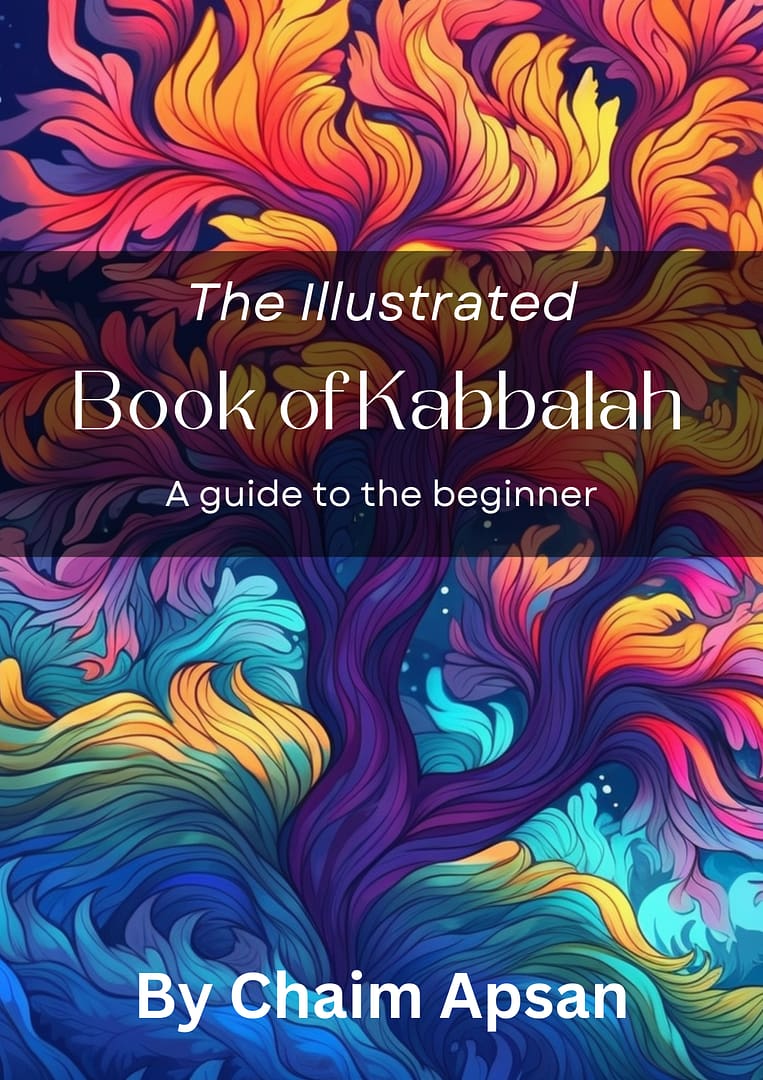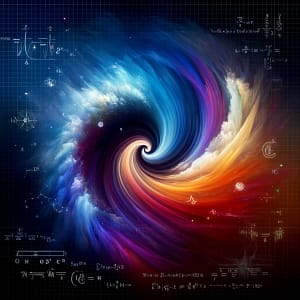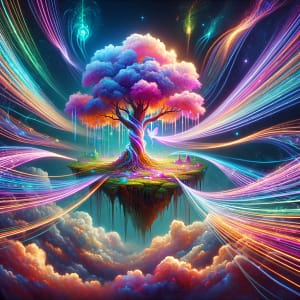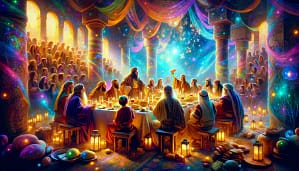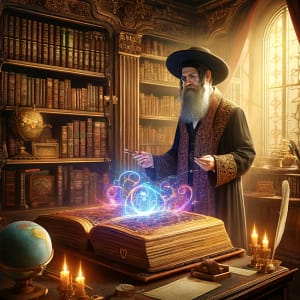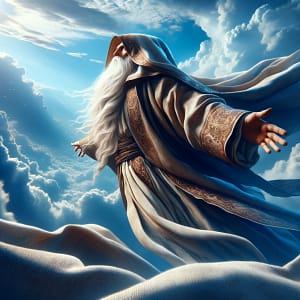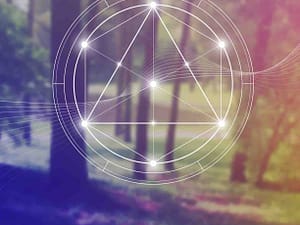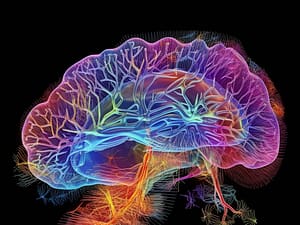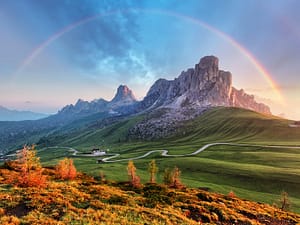In the rich tapestry of Kabbalah, the Zohar stands as the cornerstone, shaping the contours of mystical Jewish thought. The Idra Rabba and Idra Zuta are 2 sections in which Rabbi Shimon bar Yochai, and his assembly of nine esteemed colleagues convene.
As you probably know by now, the Zohar is more than a mere collection of writings; it is the wellspring from which much of contemporary Kabbalistic knowledge flows.
The term “Idra,” while specifically denoting this group of scholars, is more frequently associated with the Zohar’s most profound and enlightening segments which detail the Partzufim (spiritual systems). These passages delve deeply into the architecture of the spiritual realms, offering intricate insights into their organization and the dynamic interplay between them.
Within these texts, the Zohar elucidates the roles and interactions of various angels in serving Hashem, providing a complex and detailed overview of celestial hierarchies and their functions. This exploration not only enhances our understanding of the spiritual realms but also enriches the broader context of Kabbalistic study, inviting a deeper contemplation of its mysteries and applications in Kavanot.

The Idra Rabbah – The Great Assembly explained
The Idra Rabbah, or “Great Assembly,” is a section of the Zohar found in Parashat Naso. This text is structured as a mystical interpretation of biblical verses, through which deeper spiritual truths are revealed. The setting is an assembly of Rabbi Shimon bar Yochai (Rashbi), the traditional author of the Zohar, with his nine disciples in the Galilean hills. This setting is symbolic, representing the “Field of Holy Apples” a reference to the Shekhina.
The primary focus of Idra Rabbah is the Sefirot, the ten emanations through which the Ein Sof (the Infinite) reveals itself and creates the physical and spiritual worlds. This discourse delves into the nature of these Sefirot, their interrelationships, and their role in the cosmic scheme. The text is highly symbolic, using metaphors and allegories to describe concepts that are essentially beyond human comprehension.
One of the key themes in the Idra Rabbah is the concept of balance and harmony within the Sefirot. The text describes how the divine light flows through these emanations in a dynamic process of creation, sustenance, and renewal. This flow is not static but involves a constant interplay of Hashem’s lights, mirroring the dynamic nature of the universe itself.
The Idra Rabbah presents a discourse within the Kabbalistic tradition, focusing predominantly on the Partzufim of Chokhmah (Wisdom, which is Abba) and Bina (Understanding, which is Immah).
The Idra Zuta – The Minor Assembly explained
Conversely, the Idra Zuta, or the Minor Assembly, shifts the focus to the exploration of the six Sephirot: Chesed (Kindness), Gevurah (Strength), Tiferet (Beauty), Netzach (Victory), Hod (Splendor), and Yesod (Foundation), along with the inclusion of Malkhut (Kingship). This assembly was held under extraordinary conditions, with Rabbi Shimon Bar Yochai (Rashbi) on his deathbed, encircled by his six remaining disciples.
In the Idra Zuta, the discussion shifts to the more hidden aspects of the spiritual realms, particularly focusing on the concept of the Parsa, the veil that separates the higher Sefirot from the lower, and the Partzufim, the personifications or configurations of the Sefirot. These discussions delve into the nature of divine revelation and concealment, and how Hashem interacts with our world.
The Idra Zuta, or “Small Assembly,” is found in the Haazinu section of the Zohar. This gathering was enveloped in a dramatic and mystical aura, set apart from the external world by a cyclone of fire. This phenomenon created an environment filled with both reverence and uncertainty. The assembled sages experienced a unique blend of trepidation and amazement, a response to the enigmatic and supernatural nature of the revelation.
At this moment of deep spiritual import, Rabbi Shimon bar Yochai announced his perception of a “divine symphony”, signifying that Hashem, alongside the most righteous souls, the Tzaddikim, had arrived to bear witness to his final teachings. The conclusion of Rashbi’s earthly journey was marked by an extraordinary escort, involving esteemed sages and a celestial cloud of fire that guided them, leading him to his resting place in Meron.
In the context of the Idra, each sage was invited to delve into and articulate the intricate and profound mysteries of the spiritual realms, mysteries that are deeply interwoven with the essence of their souls. Rabbi Shimon Bar Yochai, in response to their revelations, expressed his joy and encouragement, showering them with an array of blessings.
The significance of both the Idra Rabbah and Idra Zuta, transcends their historical occurrence. They are pivotal to the development and comprehension of Kabbalistic and Chassidic wisdom. These assemblies have indelibly shaped the fabric of Jewish mystical thought, infusing it with the depth and complexity that are hallmarks of these spiritual traditions. Without the insights and discussions from these gatherings, our understanding of Jewish mysticism would be markedly less rich and nuanced.
It’s notable that Rabbi Yossi bar Yaakov, Rabbi Chezkiyah bar Rav, and Rabbi Yaakov were absent from the later Idra Zuta, having passed away by that time.
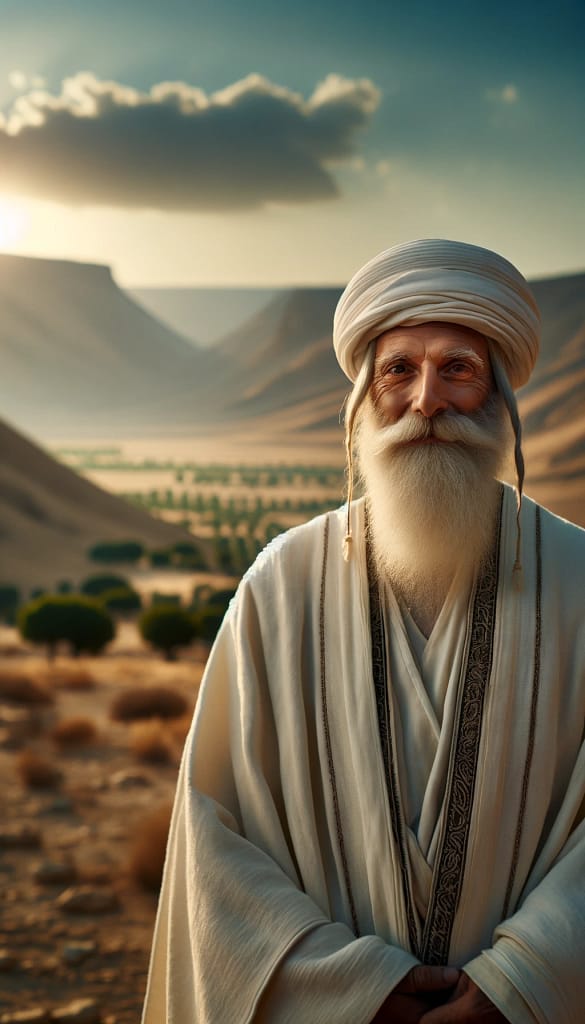
Why the Idra?
In the seminal opening of the Idra Rabbah, Rabbi Shimon bar Yochai (Rashbi) poses a thought-provoking question to his fellow sages: “How long will you continue to dwell on the [theory of] one column?” This inquiry directs attention to the initial state of emanations from Ein Sof, the Infinite, which originally manifested in a singular columnar formation. This archaic structure of the sephirot, lacking mutual interaction and the sharing of divine light, ultimately led to their shattering, a pivotal moment in Kabbalistic thought.
Rashbi then elucidates how Hashem intervened to rectify this primal flaw, giving rise to the world of Atzilut. In this higher realm, the Sephirot were reconstituted into three harmonious columns, correlating to Kindness on the right, Strength on the left, and Beauty or Compassion in the center. This reconfiguration unveils profound spiritual truths, particularly highlighting the necessity of unity and selflessness. The teaching suggests that true wholeness is achieved only when individuals transcend their ego-driven desires, embracing a spirit of generosity and interconnectedness.
Furthermore, the Idra gatherings, both Rabbah and Zuta, are portrayed as pivotal events for the sustenance and illumination of the spiritual realms. They represent critical junctures for the preservation of Kabbalistic wisdom and, by extension, the very continuation of the world.
The Idra Zuta, in particular, delves into the mystical emanations from Keter (Crown), including the profound concepts of Tikkuney Diknah, Nimim, and Hivartei (different aspects of the “strands of beard”). These esoteric teachings symbolize the boundless mercy and compassion that flow from the Partzuf of Arich Anpin, essential forces that sustain creation, without which “Creation could not survive for a moment”.
The teachings of the Idra, in essence, offer a glimpse into the immeasurable love and commitment Hashem has for all of creation. They underscore His desire for the success and flourishing of all beings. Through these intricate and profound insights, the Idra Rabbah and Idra Zuta not only safeguard the lineage of Kabbalistic knowledge but also affirm the ongoing vitality and spiritual evolution of the world.
We see these are teachings that were crucial for the world to continue as they were revealed in a turmoiled time in Jewish History.
Other fascinating remarks on the Idra
Rabbi Yitzhak Kaduri, renowned as one of the foremost Kabbalists of the last century, devoted himself to an extraordinary practice: the weekly study of both the Idra Rabbah and Idra Zuta every Shabbat. Remarkably, he held the view that these texts encapsulate the entirety of Kabbalistic knowledge. Meaning, everything derives from it.
Among his well-known teachings is a particularly special Segulah (spiritual remedy) for the fulfillment of wishes. This involves the recitation of the entire Idra at the tomb of Rabbi Shimon Bar Yochai in Meron. While this practice requires a considerable investment of time, approximately five hours, many people attest to its real felt impact. They report not only the realization of their wishes but also an experience of immense joy and the sensation of accessing previously closed spiritual gateways.
Intriguingly, the geographic origins of the Idra have been pinpointed to the north, in Kadita, thanks to revelations from the Arizal (Rabbi Isaac Luria). The Arizal himself would often teach his disciples at this significant location, choosing to sit in the very place once occupied by Rabbi Shimon Bar Yochai. This historical and spiritual connection imbues the site with the idea he later revealed that he was indeed the reincarnation of Rashbi.

Conclusion: The Legacy of the Idra Texts
The enduring legacy of the sages of the Idra, through their profound teachings and practices, continues to inspire and guide those on the path of spiritual discovery. The hope endures that their merit and wisdom will draw us ever closer to Hashem, deepening our understanding and connection to Him.
The Idra Rabba and Idra Zuta are more than just philosophical treatises; they are spiritual journeys that guide the reader through the deepest mysteries of the Kabbalah. They offer a glimpse into a world where everything is interconnected, where every aspect of creation reflects a higher spiritual truth.
They provide not only knowledge but also a pathway to personal spiritual development as we see from the book Tomer Dvorah (the Palm Tree of Dvorah) from the Ramchal, in which he implicitly exhorts us to emulate the Partzuf of Arich Anpin.
The mystical teachings of the Idra Rabbah and Idra Zuta challenge readers to look beyond the surface of reality and to contemplate the infinite complexity and beauty of Creation. Nothing is by chance and we can barely say we “see” anything really”.
May we merit to know the secrets of the Idra Rabba, Idra Zuta and all of Kabbalah (because, why not?).

